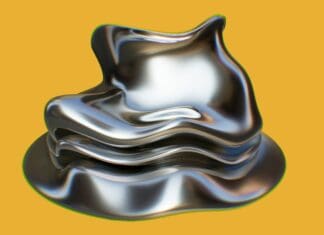This post is also available in:
 עברית (Hebrew)
עברית (Hebrew)
UC Berkeley scientists have found inspiration in the most disgusting of source – the common cockroach. The itty bitty icky critters can squish themselves enough to squeeze through crevices just a quarter of a centimetre high, and once inside the roach can run at high speeds despite their flattened state.
A UC Berkeley study into the amazingly creepy ability of the American cockroach (Periplaneta americana) to penetrate the tightest seams inspired a robot that can squeeze through similar cracks. This could be a boon for search and rescue missions in sites covered in rubble.
“What’s impressive about these cockroaches is that they can run as fast through a quarter-inch [6.3 mm] gap as a half-inch [1.27 cm] gap, by reorienting their legs completely out to the side,” said study leader Kaushik Jayaram. “They’re about half an inch tall when they run freely, but can squish their bodies to one-tenth of an inch [2.5 mm] — the height of two stacked pennies.”
Adapting the roach’s ability, Jayaram created a cheap and simple robot called CRAM (Compressible Robot with Articulated Mechanisms) that’s about the size of a palm. Like its organic doppelganger, CRAM can splay its legs outward when squashed and squeeze through opening as tight as half its height. The plastic covering, similar to the smooth yet tough wings of a roach, provides protection against the rough environments it’s designed for.
“This is only a prototype, but it shows the feasibility of a new direction using what we think are the most effective models for soft robots, that is, animals with exoskeletons,” said Robert Full, professor of integrative biology at UC Berkeley. “Insects are the most successful animals on earth. Because they intrude nearly everywhere, we should look to them for inspiration as to how to make a robot that can do the same.”

























